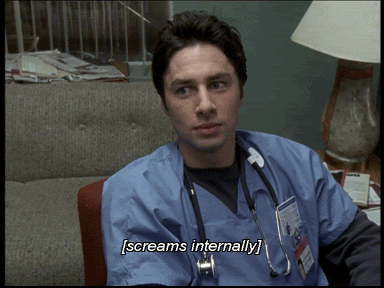Antvasima said:
@DontTalkDT
My apologies, but I do not think that your suggestion seems to make enough of a distinction between High 1-B and 1-A. I may have misunderstood though.
You mean due to the qualitative transcendence of spacetime and stacking infinities stuff?
For practical purposes I think basically all characters on what is 1-A in my system would transcend its verses spacetime.
Though, yes, theoretically a character could be 1-A in my system without transcending spacetime in general. However, I feel like this a natural consequence of dealing with fiction.
Say we have a verse with a spacetime transcending 1-A and then we have a non-spacetime transcending character that can beat it. That character might not transcend spacetime in general, but it still has 1-A amounts of power. As such it only makes sense to rank it 1-A.
In other words if a character is above High 1-B by the same amount as a 1-A character, but doesn't transcend spacetime, would it be much weaker just through due to that fact?
One could say that such a power system in a verse just doesn't make sense with our system then, but isn't that exactly the point of the revision? That we don't want to rank verses according to our standards (e.g. higher dimensional character being more powerful) if the verse clearly doesn't fit into them?
In regards to stacking infinities: That would not suffice. Per default I wouldn't even assume that more than infinite dimensions constitutes a higher level of existence in my proposed system. The verse would have to clarify that this is the case for that verse in particular.
And by the nature of infinity one dimension more than infinite or twice as many or even basic infinite as many would not constitute truly more dimensions. In other words even in a verse, in which higher amounts of infinite dimensions are seen as higher levels of existence, it is not easy to stack infinities on top of High 1-B to become 1-A.
Personally I think such a gap in power being necessary is a sufficient difference. Would such a thing not in fact fulfill the "qualitative superiority over infinite dimensions" criteria mentioned on the tiering system page?
I mean, if the qualitatively transcending dimension thing is really viewed as absolutely necessary one can also just add that to the system as additional requirement for 1-A. Wouldn't really be a problem either. (Though I personally don't like the formulation of "qualitatively superior" a whole lot as it sounds kinda wooly for me)
